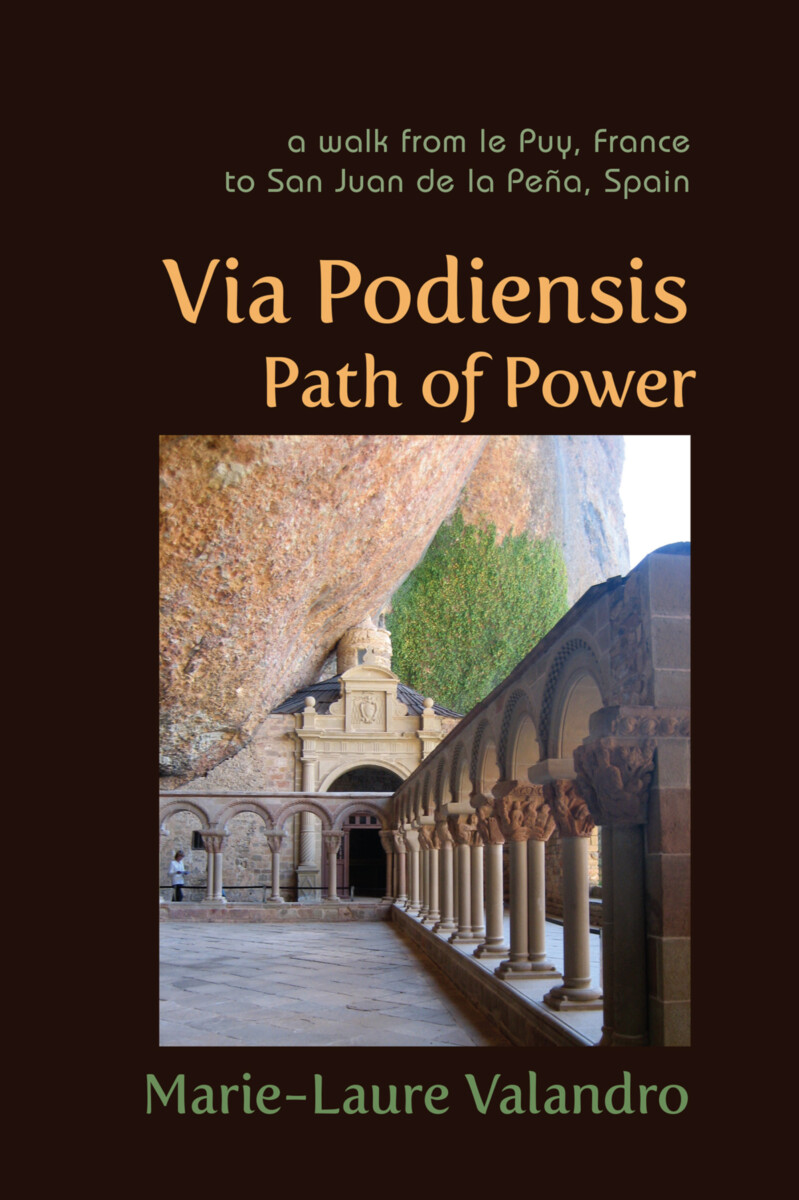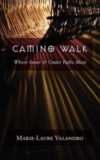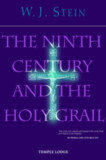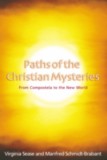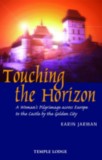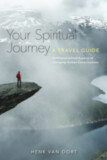Via Podiensis, Path of Power
A Walk from le Puy, France, to San Juan de la Peña, Spain
- Publisher
Lindisfarne Books - Published
2nd April 2015 - ISBN 9781584201830
- Language English
- Pages 242 pp.
- Size 6" x 9"
“I am constantly reminded that in previous times this path was not a pleasant excursion. Many pilgrims were driven out of their homes for being heretics or thieves or for not cooperating with Church officials, monks, or royalty. As punishment, they had to undertake pilgrimages to Le Puy, Santiago, Rome, or even all the way to Jerusalem. Some had no shoes and had a cross sewn onto their clothes to identify them as heretics. Many pilgrims were sick and sought cures for their illnesses. The ones who were not sick to begin with became sick along the way, and many died. The geography is very demanding, with very rough terrain, mountain passes, rugged stony paths, deep valleys, rivers, and deserted plateaus—which we were about to traverse.” —Marie-Laure Valandro
In a kind of sequel to her 2007 book Camino Walk: Where Inner & Outer Paths Meet, Marie-Laure Valandro walked and wrote the following year about her experiences on the French section of the Via Podiensis—the Le Puy Route—one of four routes through France, on the pilgrimage to Santiago de Compostela in northwest Spain and to the tomb of St. James.
She again encountered a steadfast though fleeting international community and fellowship on the route through southern France, while connecting her personal experiences with the many significant historical events of that area, especially those of the ninth century in connection with key political and spiritual figures, the Grail mysteries, and the struggles of women of that time and region.
The book brings to life words of Rudolf Steiner and other anthroposophic writers, as well as memoirs of various historical personalities. In her day-by-day, step-by-step account, the author reveals her own struggles along the way and, in her own imperfections, reveals the true purpose of such a journey—indeed, any journey—which is self-transformation.
As with her book Camino Walk, the reader is inspired—if not to walk the physical Camino—to find one’s own path to inner change.
Marie-Laure Valandro
Marie-Laure Valandro was born in 1948 and spent her childhood in Bourgogne, Morocco, Algeria, and Bretagne. At fifteen, she moved with her family to Boston, where she received a B.A. in modern literature, romance languages, and education and taught in the Boston public school system. Later, she moved to Vermont, and obtained an M.A. in literature. At twenty-three, Marie-Laure returned to Paris to study at The Sorbonne, to teach and to travel around Europe to various Christian Holy sites. She later moved to Tehran to teach technical English and to tour throughout the Eastern world, studying Sufism, Zoroastrianism, Islam, Buddhism, and Hinduism as seen through the eyes of its believers and through visits to holy sites. Marie-Laure returned to the United States to care for her son. She lived in the community of Wilton, New Hampshire, where she first encountered Anthroposophy. She ended her school teaching to care for her daughter, son, and husband, a medical doctor. Meanwhile, she continued to travel and trek in South America, both alone and with her children. Later, she moved to Wisconsin and began the Liane Collot d’Herbois training in painting. On her family farm in Wisconsin, Marie-Laure uses biodynamic methods and has developed master gardens, vegetable gardens, herb gardens, and an orchard. She has also established a painting studio, where she creates large veil paintings. Recently, she moved from Wisconsin to a post-and-beam house built by her son in the Canadian Rockies of British Columbia. Her goal is to continue walking across this beautiful Earth, meeting people with love and sharing her journeys in meditative books, sprinkled with insights from Rudolf Steiner’s works and the many talented students of his teachings. She continues to make large veil paintings to “heal people and spaces.”


